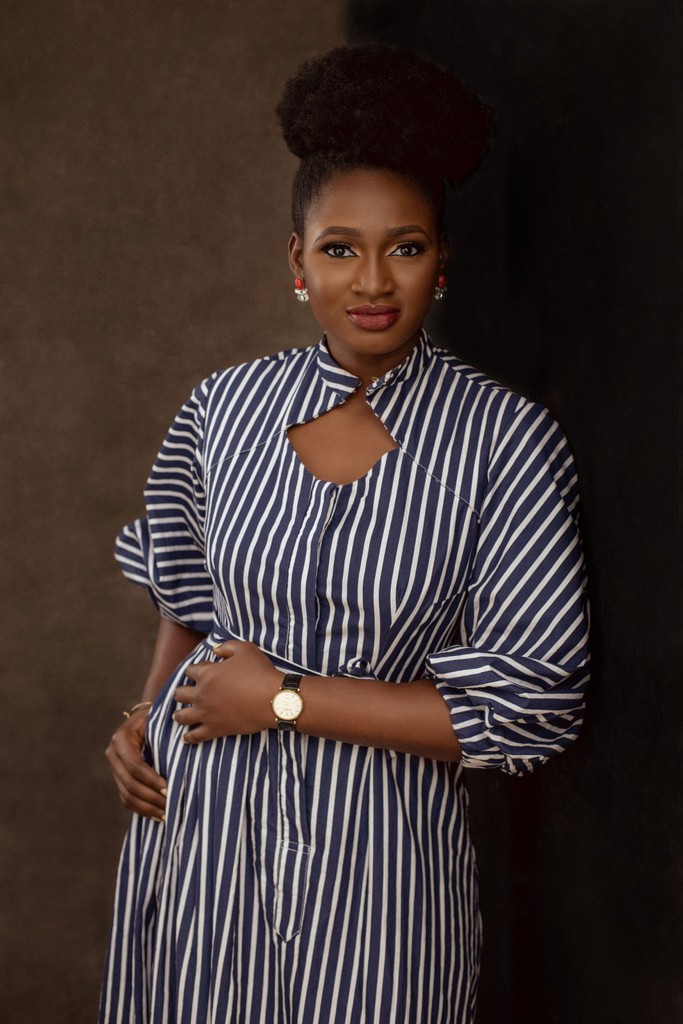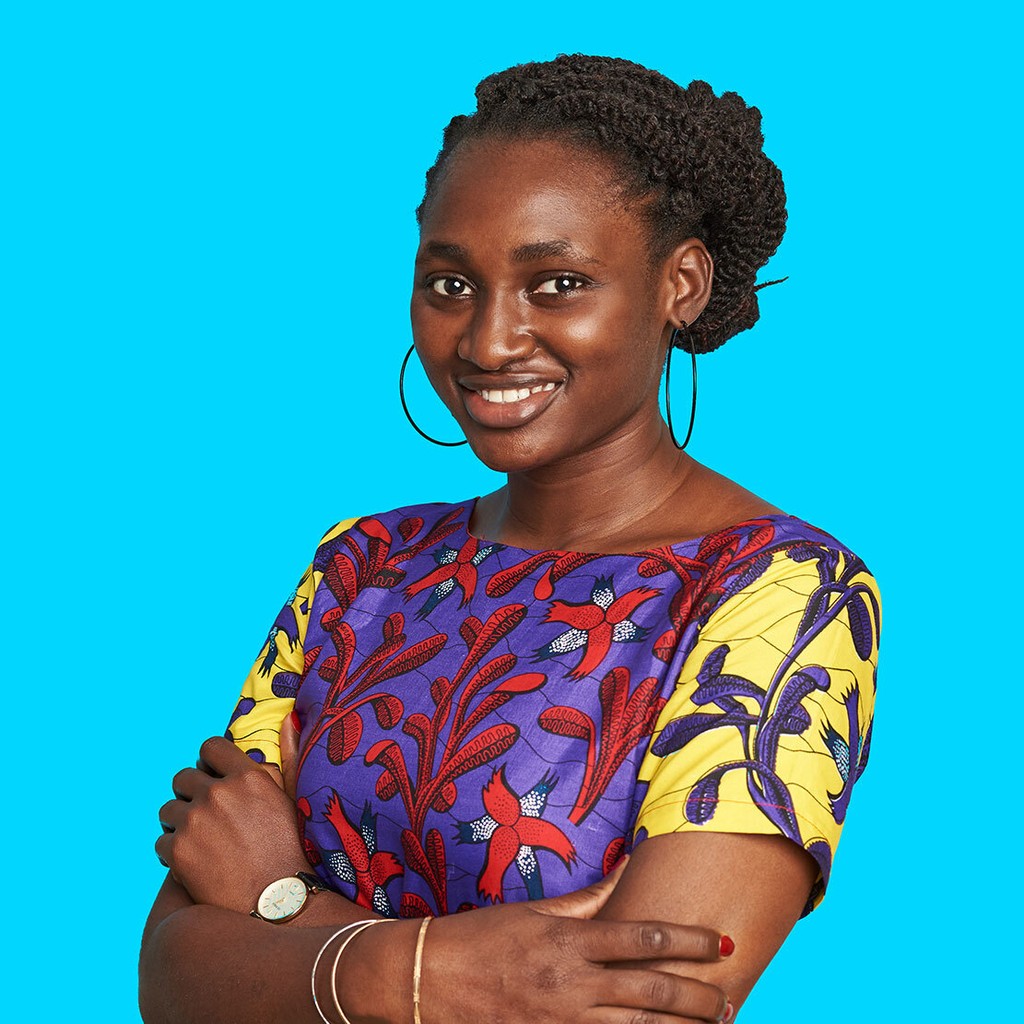Career and Life Lessons from 2 Years as a UX Researcher
10 March 2022
8 Mins Read
DearDesigner
The Product Manager; Creating lasting products with Yarmirama Ashama
I’m Yarmirama Ashama. You can also call me Yami. I am the Product Manager at Cowrywise. Before Cowrywise, I freelanced as a Product Designer. Also, I taught at Mountain Top University. However, I wasn’t exactly employed by the University — it was more of a partnership with Univelcity for extracurricular training. I was trained in Product Design by Univelcity (an academy for aspiring tech professionals).
How was your journey into product management?
Interestingly, I studied Adult Education and Political Science at the University of Benin, but I’ve never used that degree for anything in my life. After NYSC, I decided to try out my hands in media. I have always had a flair for media. At that time, social media was becoming widely popular so there were a lot of opportunities in that sector; social media management, digital marketing, all of that. I got an internship with a solopreneur at that time to try and grow myself in the field of social media management. In addition to that, I also did a lot of administrative duties, customer support, and all that.
After the internship, I started designing websites. I would use WordPress at the time to design blogs and such. I would spend a lot of time on projects trying to figure out what to do because clients didn’t exactly know what they wanted. All they knew was that they wanted websites. When I noticed that, I’d say the product strategy side of things fell into place.
On joining Cowrywise, I was a peculiar staff, at least according to my boss. I guess it was hinged on the fact that I was making the jump from design to customer support. But I was able to paint the picture of helping customers figure out what they want while using that information to feed the user research team and help in product development. So even though I came in as a product specialist, I had the opportunity of working closely with designers and engineers.
Hmm. Did you decide to transition to product management personally? Or your decision was influenced by external factors?
When I joined Cowrywise, there were conversations on my career trajectory and how I could evolve in my career. There were talks on product management as a pivotal role in my career. That influenced my decision to sit in with the engineering and design teams to observe the process of building a product. A couple of months later, my boss reached out to discuss the possibilities of a full-time product management role in September 2020.
For now, I don’t think I’ll leave product management because it’s a sweet spot for me. I’m more of a generalist than a specialist and product management allows that side of me to flourish. What would probably change would be the way I practice product management.
So, how would you define the role of a product manager?
I’d say a product manager is someone responsible for facilitating the entire process of trying to solve a problem.
We have engineers, designers, CEOs, customers, everyone trying to solve a problem. If you have everyone working in their own space to solve that problem, you’d probably have chaos. So, you have a product manager whose job is to first define the problem that needs to be solved; the middle person that is responsible for facilitating communication, defining visions, goals and also help individual units work in alignment.
Share your collaboration process with us.
The first thing I try to do is to ensure I understand what needs to be done, receiving feedback from users to see if the problem we’re trying to solve is even a problem at all. Then, I take all that information, put it in a brief, a document, or a sketch to properly expatiate the problem. After doing that, I’d start the conversation with the rest of the team.
As a product manager, what do you think designers can do to make the working relationship better?
Based on my freelancing experience as a product designer, one of the things designers can do is to communicate what has been done and to try to see things from the other person’s perspective. Because you’ve worked on a design project for a while, you’ve probably gotten attached to it or used to it. However, for the interpreter, there are still some grey areas.
Communicating with these people is something designers need to do better. It has improved in recent times especially concerning design documentation and guidance generally.
What are your thoughts on designers “designing to kill”?
I don’t think I have personally encountered that though but I’d say it’s a two-way situation. On one hand, the developers’ scope is probably limited, so they see the concept as way beyond their skill level. That then becomes a question of upping one’s skill. On the other hand, if the designers are coming up with concepts that are near impossible to execute, then it’s a question of bringing the developers into the creative process. That way, there will be active discussions on what’s possible and what’s not.
Would you say your experience in design, tech, social media management, and so on gave you an edge in product management?
I think everything has contributed to the person I am today and the way I work.
For example, one of the things I learned from my first internship was communication. I carried this trait to Cowrywise when dealing with copy and even things as minute as the articles we put out. I try to pay attention to the tiniest words and this was something I picked from working with Stephanie Obi. The truth is that everything eventually comes into play somehow.
As a product manager, how do you manage competition from similar products with similar features?
One major thing that we try to focus on is if we’re solving problems—customer problems. At the end of the day, even if it seems like we’re doing the same thing, there’s still a unique twist. It won’t make sense to change an idea because your competition launched it earlier when you know that the idea is solving your customers’ problems. You might only go back and make twists to the idea that you’re launching.
Also, I think if you get too hung up on your competition, you’d lose focus. So while it’s good to be aware of the competition, it’s more important to be aware of your customers’ problems or the problems people are having in that space you’re playing in.
How do you motivate your team to excellence?
I have the mindset that my team members don’t report to me, we’re simply working together to make sure things turn out well. So my main role is to make sure that they know what they need to do, that they have the ability to do what is needed, and they do it well. I constantly check in to ensure that they’re on the right track and to find out if they need any help in performing the needed tasks. I do this because it doesn’t make sense to just say, “Oh, we have a project” and then everyone just goes off to work and I come back later to ask “How far?”. Constant check-in is key. It’s important to just make sure that everything that is needed is available to them.
What’s your view on the tech scene in Nigeria?
I’d say we’re still growing. Yes, we’ve done a lot but there’s still a lot left to do. There are a lot of things that will evolve as we go on, things like how we apply the technology and team structures. The difference the tech scene is making in the Nigerian society, like how Paystack is helping businesses make payments and process financial transactions, or how Cowrywise is promoting active savings and Investment culture, are things that make me happy about the tech space in Nigeria.
As a woman in tech, how have you been able to influence other women looking to break into tech?
One major thing I do is explain to women that tech is beyond coding and that the possibilities are endless. I explain that there’s room for everyone. As long as you’re passionate about problem-solving, there’s no limit to the possibilities in the tech scene. By playing my part in explaining what’s available in tech, I believe I can drive enough women to make headway into the tech space.
What do you do for fun?
Sleep, Netflix and chill and read. Reading is dependent on what type of books; I enjoy children’s books and fiction generally. I also enjoy cartoons a lot.
Other Posts
So You Are a Senior Designer?
Design Nudge: An Approach to Creating Human-Centered Designs.


